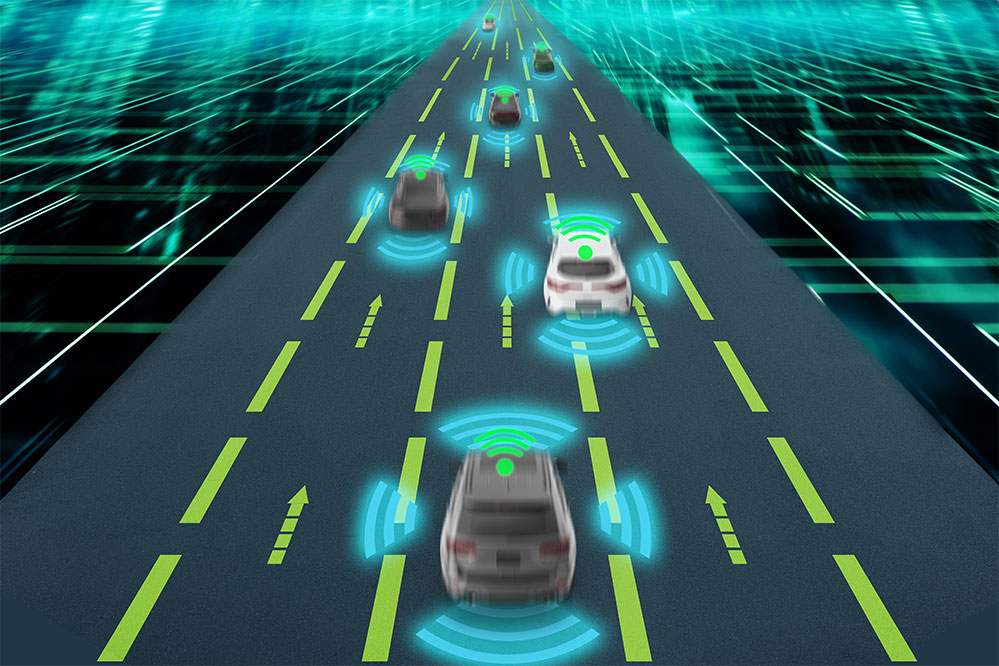Introduction to Apple’s AI-Powered Chip Design
Apple is starting to use generative artificial intelligence to help design the chips that power its devices. The company’s hardware chief, Johny Srouji, made this clear during a speech last month in Belgium. He said Apple is exploring AI as a way to save time and reduce complexity in chip design, especially as chips grow more advanced.
The Potential of Generative AI in Chip Design
"Generative AI techniques have a high potential in getting more design work in less time, and it can be a huge productivity boost," Srouji said. He was speaking while receiving an award from Imec, a semiconductor research group that works with major chipmakers around the world. Apple depends on third-party software from electronic design automation (EDA) companies, and these tools are key to developing the company’s chips. Synopsys and Cadence, two of the biggest EDA firms, are both working to add more AI into their design tools.
A Design Timeline: From the A4 to Vision Pro
Srouji’s remarks offered a rare glimpse into Apple’s internal process. He walked through Apple’s journey, starting with the A4 chip in the iPhone 4, launched in 2010. Since then, Apple has built a range of custom chips, including those used in the iPad, Apple Watch, and Mac. The company also developed the chips that run the Vision Pro headset. He said that while hardware is important, the real challenge lies in design. Over time, chip design has become more complex and now requires tight coordination between hardware and software.
Apple’s Collaboration with Broadcom on Server Chips
In late 2024, Apple began a quiet project with chip supplier Broadcom to develop its first AI server chip. The processor, known internally as "Baltra," is said to be part of Apple’s larger plan to support more AI services on the back end. That includes features tied to Apple Intelligence, the company’s new suite of AI tools for iPhones, iPads, and Macs. Baltra is expected to power Apple’s private cloud infrastructure, handling heavier AI workloads that are too much for on-device chips.
On-Device vs. Cloud: Apple’s AI Infrastructure Split
Apple is trying to balance user privacy with the need for more powerful AI features. Some of its AI tools will run directly on devices, while others will use server-based chips like Baltra. The setup is part of what Apple calls "Private Cloud Compute." The company says users won’t need to sign in, and data will be kept anonymous. But the approach depends on having a solid foundation of hardware – both in devices and in the cloud.
No Backup Plan: A Pattern in Apple’s Hardware Strategy
Srouji said Apple is used to taking big hardware risks. When the company moved its Mac lineup from Intel to Apple Silicon in 2020, it didn’t prepare a backup plan. The same mindset now seems to apply to Apple’s AI chips. Srouji said the company is willing to go all in again, trusting that AI tools can make the chip design process faster and more precise.
The Role of EDA Firms in Shaping the Roadmap
While Apple designs its own chips, it depends heavily on tools built by other companies. Srouji mentioned how important EDA vendors are to Apple’s chip efforts. Cadence and Synopsys are both updating their software to include more AI features. Synopsys recently introduced a product called AgentEngineer, which uses AI agents to help chip designers automate repetitive tasks and manage complex workflows.
What Comes Next: Talent, Testing, and Production
As Apple adds more AI into its chip design, it will need to bring in new kinds of talent. That includes engineers who can work with AI tools, as well as people who understand both hardware and machine learning. At the same time, chips like Baltra still need to be tested and manufactured. Apple will likely continue to rely on partners like TSMC for chip production. But the design work is moving more in-house, and AI is playing a bigger role in that shift.
Conclusion
Apple’s move to use generative artificial intelligence in chip design is a significant step forward for the company. By leveraging AI, Apple aims to reduce complexity and save time in the design process, allowing for more advanced and powerful chips. As the company continues to develop its AI capabilities, it will be interesting to see how this impacts the future of Apple devices and services.
FAQs
Q: What is Apple using generative artificial intelligence for?
A: Apple is using generative artificial intelligence to help design the chips that power its devices.
Q: What is the name of Apple’s AI server chip?
A: The processor is known internally as "Baltra."
Q: What is the purpose of Baltra?
A: Baltra is expected to power Apple’s private cloud infrastructure, handling heavier AI workloads that are too much for on-device chips.
Q: What is Private Cloud Compute?
A: Private Cloud Compute is Apple’s approach to balancing user privacy with the need for more powerful AI features, using a combination of on-device and server-based processing.
Q: Who are the main EDA firms working with Apple?
A: The main EDA firms working with Apple are Synopsys and Cadence.











